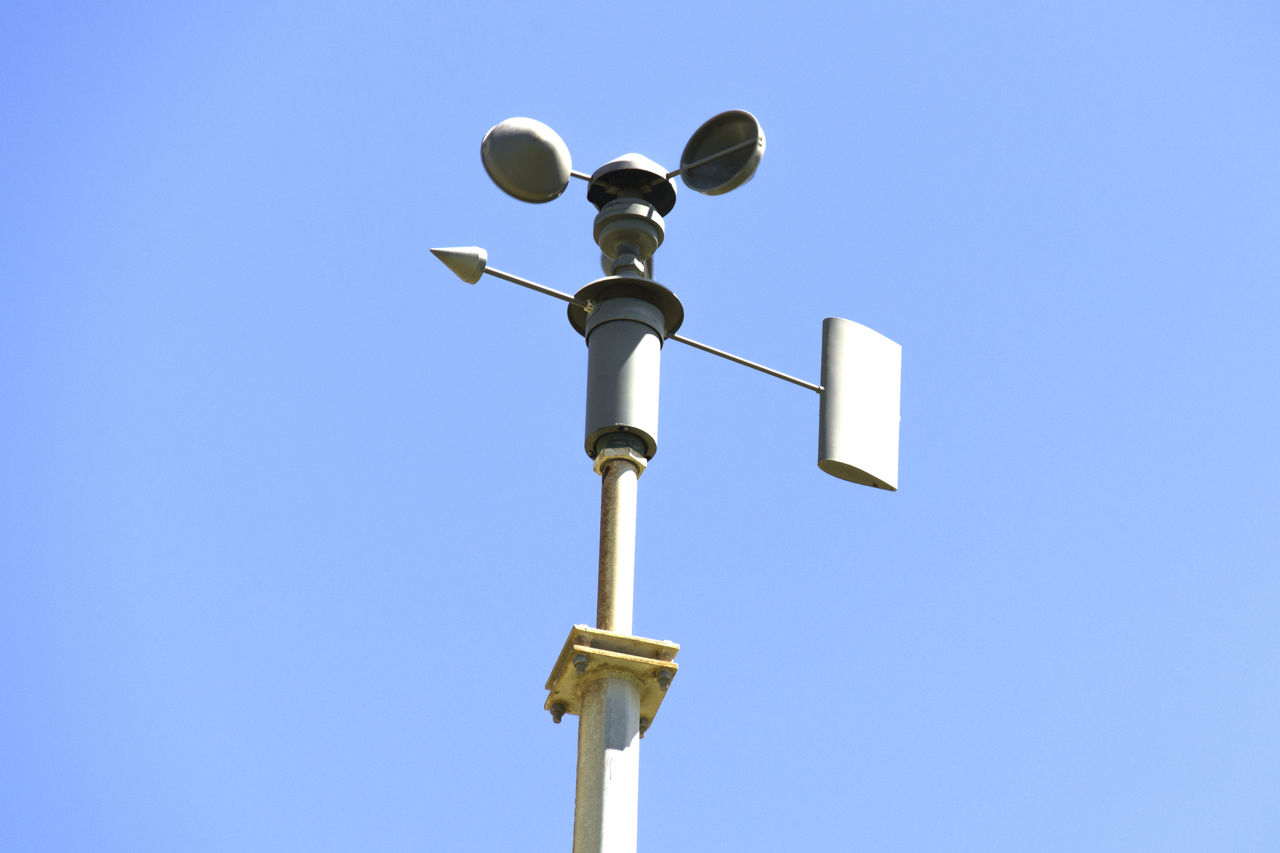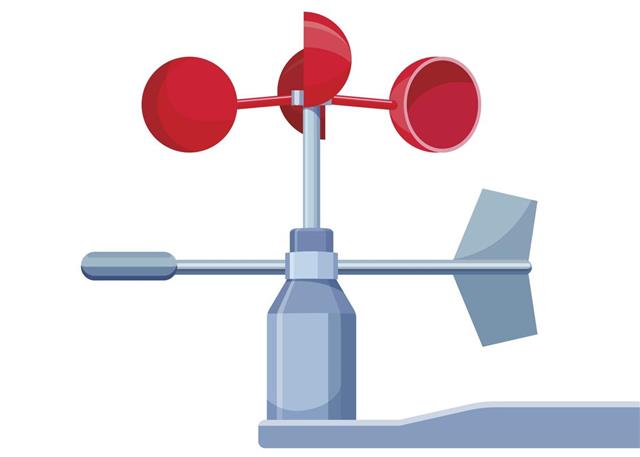
If you want to know the way in which the velocity of wind is measured throughout the world, read this article, which describes anemometers and the way they work, along with their types.
An anemometer is an instrument that is used for meteorological purposes, like measuring the velocity of wind. It is used in weather stations, and the name for this device is derived from the Greek word ‘anemos’, which means ‘wind’. There are various kinds of anemometers that have been developed from around the fifteenth century onwards. These devices can be classified into two different sections. The first type is that which measures the velocity of wind, and the second type is that which measure the pressure of wind. Though they have been classified as two different types, if one gets a standard anemometer, it can serve the purpose of measuring wind speed as well as wind pressure.
The five major types of anemometers are
1. Cup Anemometer: This is the simplest kind, which consists of four hemispherical cups that are mounted on one end of the four horizontal arms, which are also mounted at equal angles to each other on a vertical shaft. The cups are mounted in such a way that air passes across the cups in a horizontal direction, and the cups turn, which is proportionate to the speed of the wind. To find the average speed of the wind, the turns of the cups over a period of time has to be counted. The cup anemometer is exposed to friction, as a result of which, it does not provide accurate results.
2. Windmill Anemometer: This is also a mechanical device, that helps in finding out the velocity of the wind. It is very similar to the normal windmill, in which the axis of rotation runs parallel to the direction of the wind, thus making it horizontal. But the wind keeps on changing its direction. Therefore, the axis has to change its direction, so an aerovane is also combined in the device. An aerovane consists of a propeller and a tail, so that precise wind speed and direction measurements can be obtained.
3. Hot Wire Anemometer: In this type, a very thin wire is used, which is heated up to a temperature that is a little more than the atmospheric temperature. When air flows past the wire, it cools it. The resistance of most metals towards electricity depends, to an extent, on the temperature of the metal. Thus, the velocity can be obtained from the relation between resistance of the wire and velocity of the wind.
4. Laser Doppler Anemometer: These use very high-end technology, and are thus accurate. Here, a beam of light is used, which is split into two beams. One of these enters the anemometer, and the velocity is determined on the basis of the amount of light that has been reflected off by the moving air particles.
5. Sonic Anemometer: In this type, the speed of the wind is obtained by sending sound waves between a pair of transducers, and calculating the way their speed is affected. This type is quite popular in aircraft and scientific wind turbines. Since they do not have many moving parts, they can also be used in automated weather stations.
